10 Types of Insects and Their Characteristics
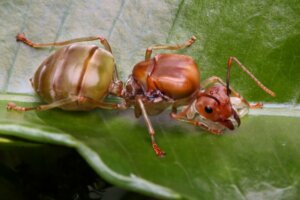

Reviewed and approved by the biologist Samuel Sanchez
Hexapod invertebrates are the most diverse group of animals on planet Earth, as there are currently more than 1 million known insect species. The total number is, of course, far from being fully known. Experts estimate that this figure could even reach 7 million types of insects.
The diversity in the world of insects is immeasurable, because their shapes, sizes, and colors are very varied in each group of this class (Insecta). Learn about 10 types of insects and their most striking physiological characteristics in this article.
A little context on the different types of insects
Insects were the first organisms to grow wings and take to the air, and they were also pioneers in developing a social life. In addition, they’re a fundamental part of this planet, and help maintain the balance of trophic ecosystems.
Thanks to them, organic matter is decomposed, pests are controlled, and they can even provide us with honey and silk. Insects are one of the living beings that are most interrelated with humans.
So says Daniel Aguilera Olivares – doctor in Ecology and Evolutionary Biology. He goes on to explain that the general term insect encompasses 29 orders – or types – and more than 1000 different families. The main orders are Hymenoptera, Lepidoptera, Coleoptera and Diptera, due to the number of species they comprise and their ecosystem importance.
10 types of insects
Without further ado, we’re going to explain the 10 types of insects that populate this planet and many of their characteristics. Keep reading!
1. Odonata
In this type of insects there are approximately 5000 species. Their size is around 100 millimeters (4 inches), they live near rivers and lakes, and have wings. Two examples are dragonflies and damselflies: both have a pair of very large eyes compared to their head and 3 ocelli, their body is elongated and they have 2 pairs of wings.
Dragonflies can fly up to 50 kilometers (30 miles) per hour and stop abruptly while holding on. Experts say that helicopters are inspired by them.
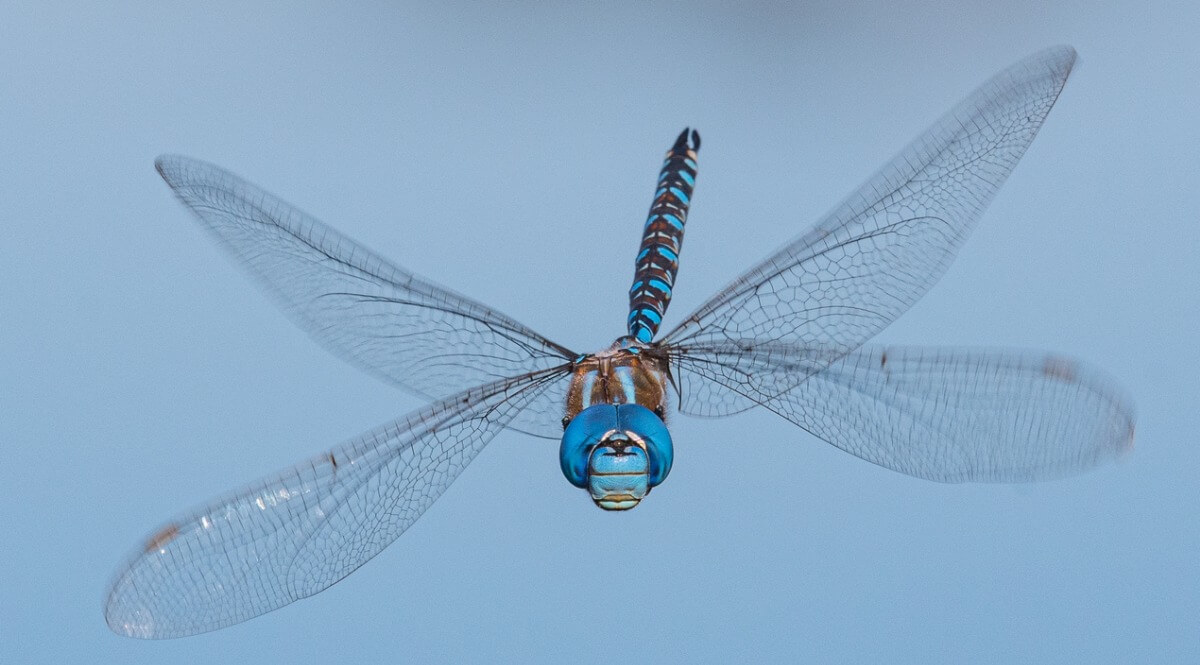
2. Orthoptera
Within this type of insects we find crickets, grasshoppers, locusts and other invertebrates with the ability to jump. In addition, this order has 5000 species, which also live near rivers and lakes.
Their hind legs are the longest of all, which allows these invertebrates to take great leaps to flee when they’re being chased or to propel themselves into flight. Its main mode of movement is to walk and not jump, despite what people commonly believe.
In addition to being used for locomotion, its wonderful front legs have organs for hearing. Some male crickets have an organ in their abdomen that, when brushed by their front wings, produces the famous cricket sound, allowing them to attract females or drive away other males.
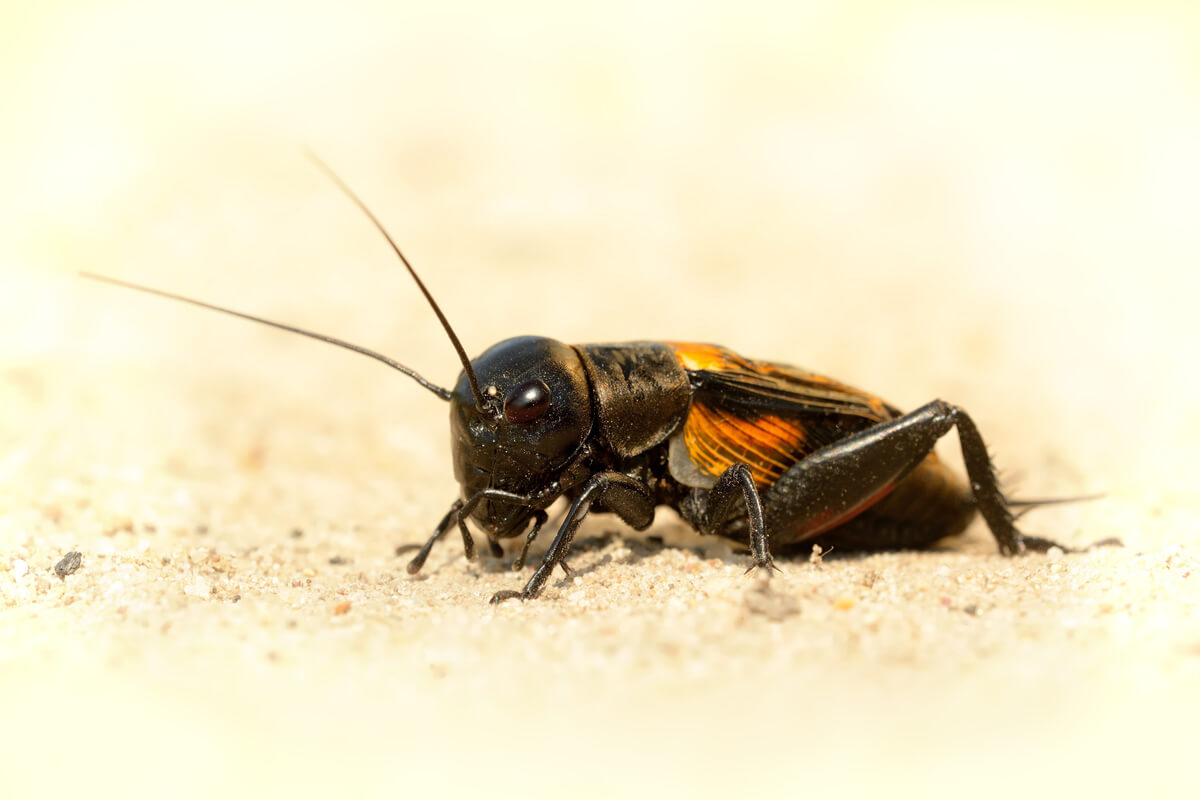
3. Blattodea
In this order we find cockroaches and termites, types of insects that have up to 6500 species of terrestrial habitat. They are characterized by having an oval and flattened body with long antennae and almost non-existent eyes.
Cockroaches live in damp, dark places where there is organic matter, the perfect place to grow bacteria and fungi all over their bodies. Because of this, they’re one of the types of insects in which more species of commensal microorganisms have been found.
Termites, meanwhile, were the first on Earth to form colonies organized into castes – queen, king, soldiers, workers – and their underground nests can be up to 100 meters (330 feet) in diameter.
In addition, these invertebrates help to recycle nutrients by breaking down organic matter. Without them, our planet would be more full of tons of garbage. They also improve the quality of crops and some are nitrogen fixers, a very scarce nutrient in nature.
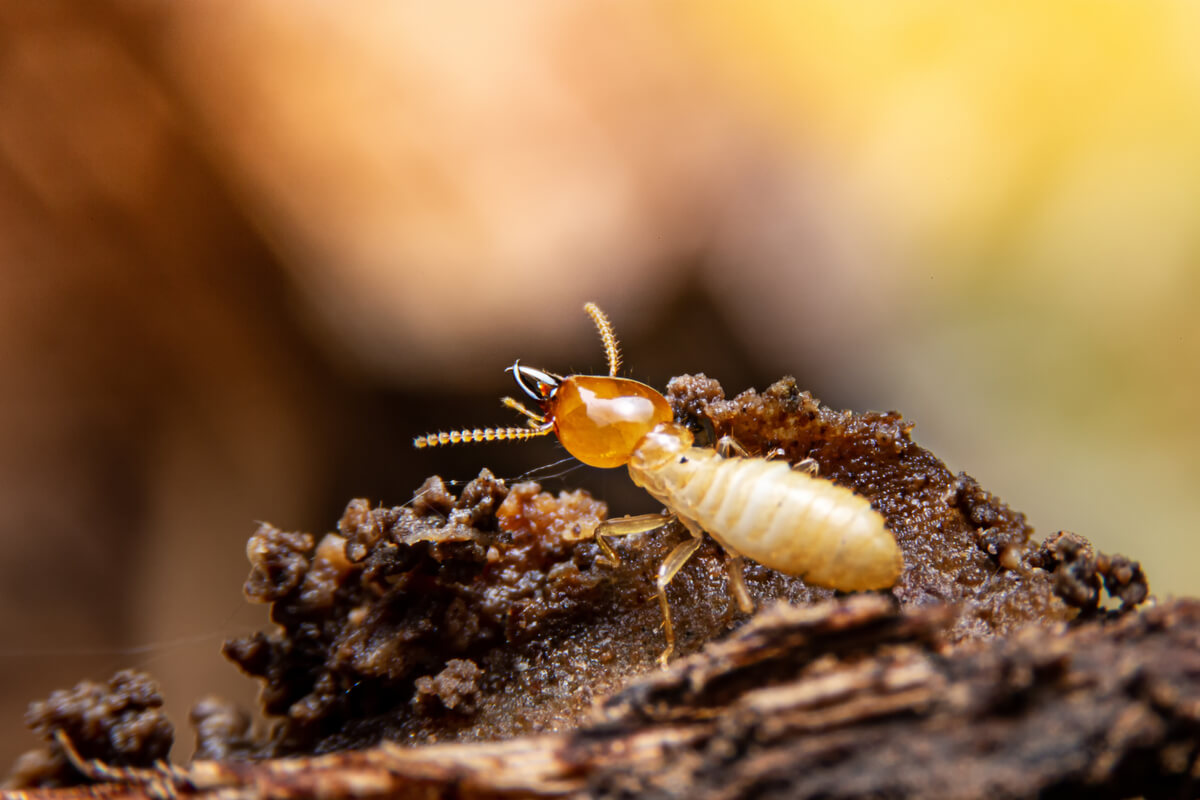
4. Hemiptera
Types of insects such as aphids, cicadas, membracids and vinchucas are part of this order. They’re one of the most varied and numerous groups, since there are 80,000 species of terrestrial life in total. They have a sucking mouthpart and their legs work for walking, jumping, grasping, and swimming.
One of the most amazing facts about cicadas is that some species can stay underground for 17 years. Once they reach sexual maturity, they emerge to live for only a few days, which is when they reproduce.
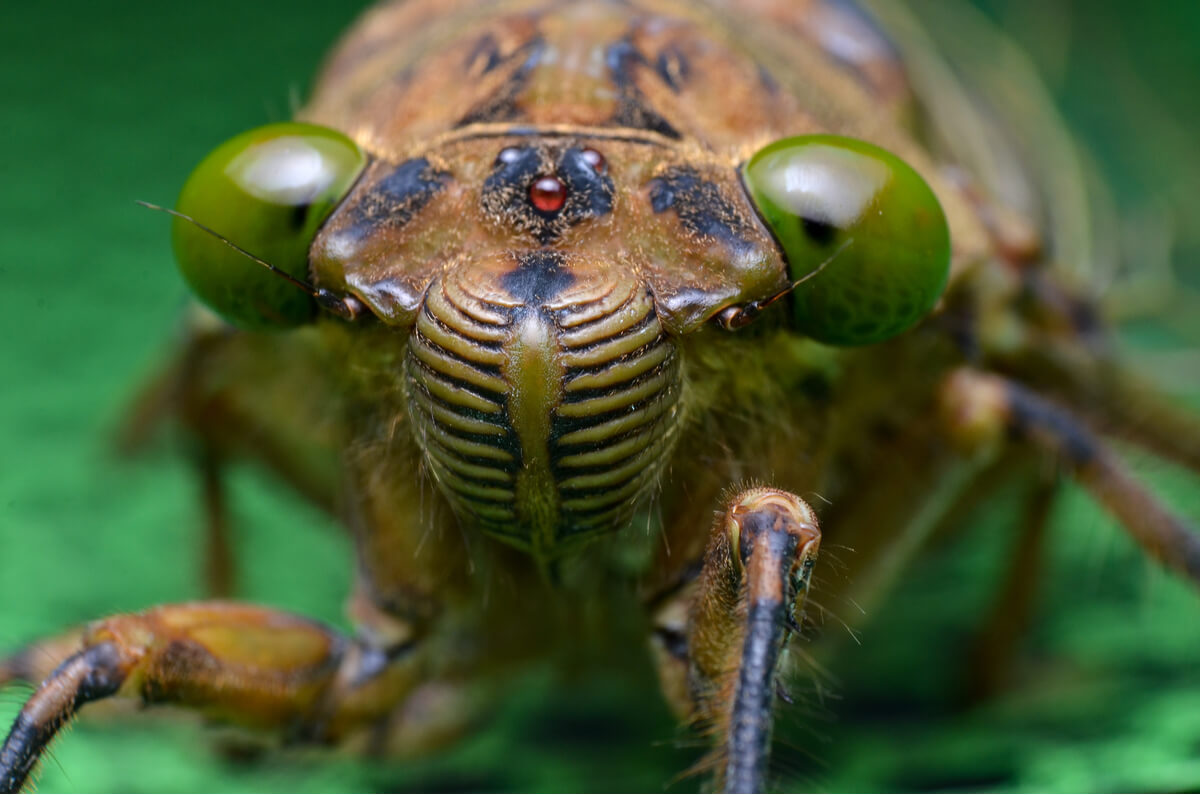
5. Coleoptera or beetles
These insects – aquatic and terrestrial – are some of the most numerous on Earth. Its 350,000 species represent 25% of all the plants and animals on the planet, that is, for every 4 species of animals or plants, one is a beetle.
Coleoptera means “wings in a case”, as its main wing structures are hardened and protect the rest of the body.
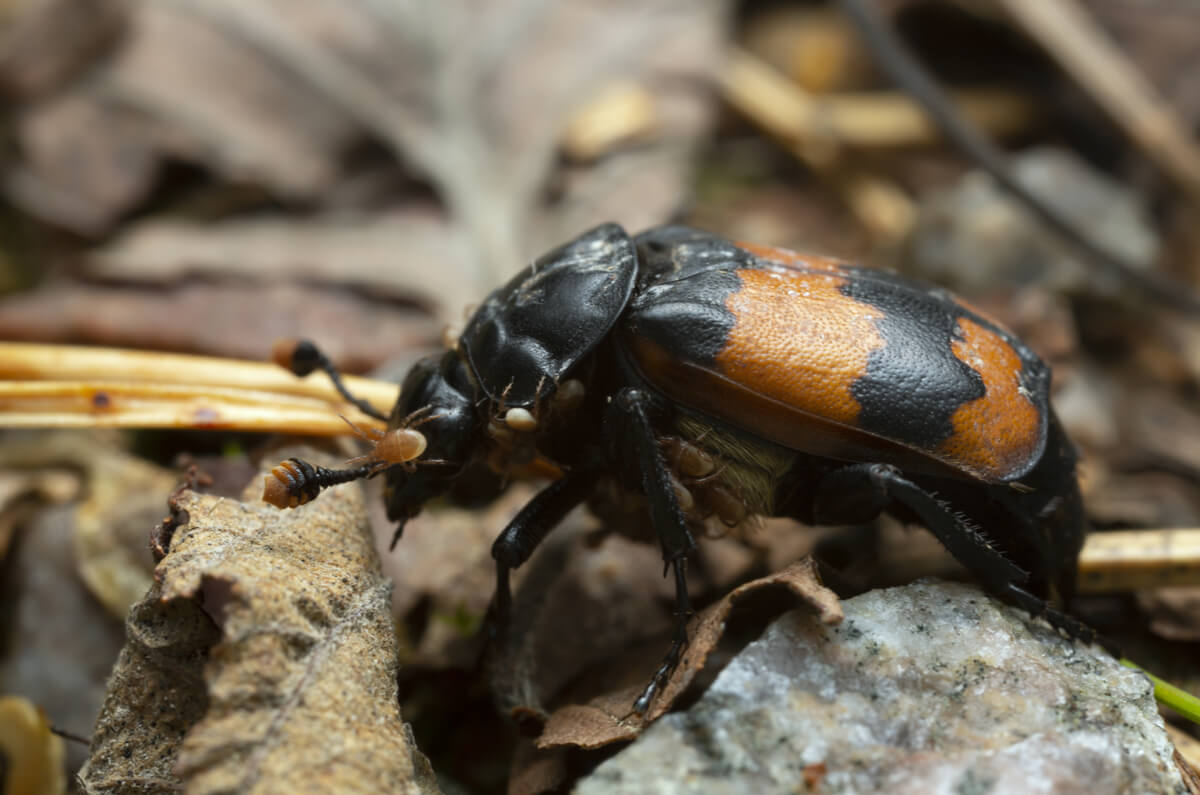
6. Diptera
Diptera comprises more than 150,000 species around the world and some even live in Antarctica. In this type of insects, we find flies, mosquitoes, and horseflies. They’re small, soft-bodied and have big eyes. Their mouths are adapted to pierce and sting, in the case of horseflies and mosquitoes; or to suck, spit and eat, as in the case of flies.
They’re vectors of transmission of many diseases such as dengue, yellow fever, and malaria. However, some species are indicators of water quality, since they only live in clean environments.
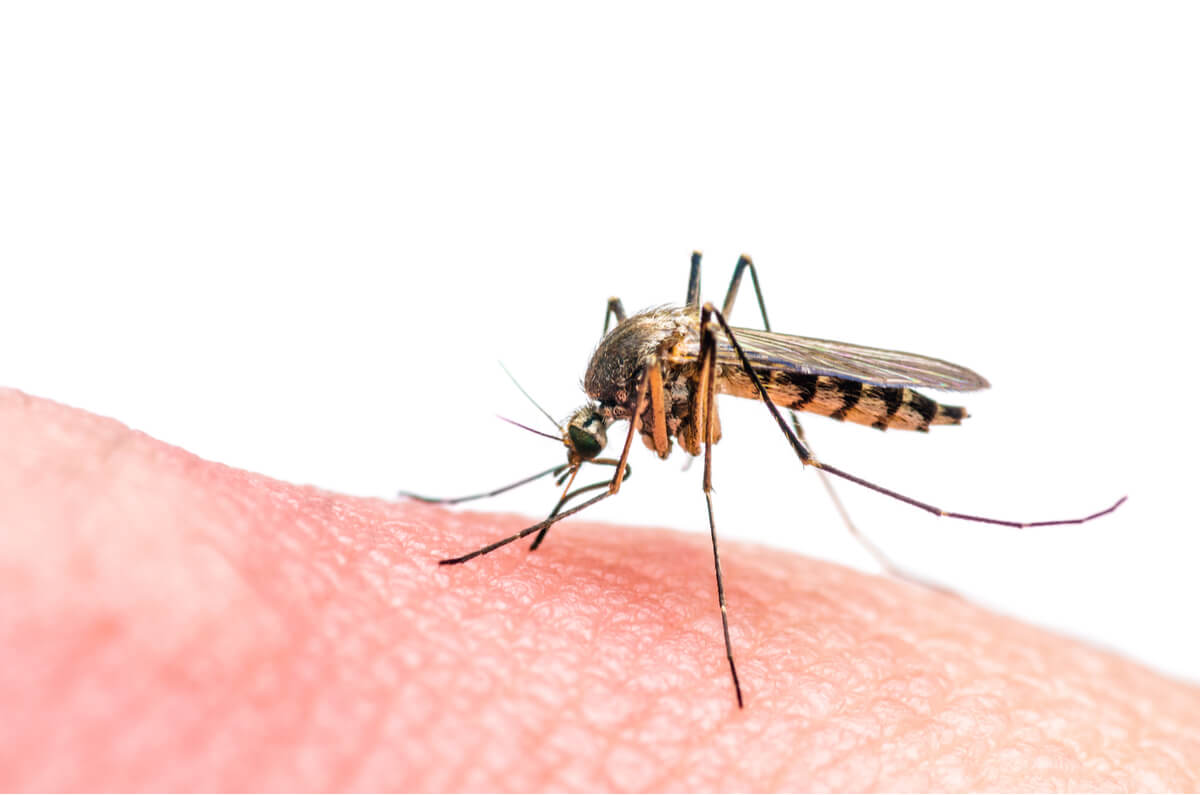
7. Phthiraptera order
Lice and crabs are found in this order, with around 5000 other species included. These invertebrates measure between 2 and 4 millimeters and their mouth is adapted to suck, bite and eat fluids and blood.
They’re parasites that live outside the body (ectoparasites). 85% parasitize birds and the remainder are on mammals. These insects remain in the same body for a month until they die. They can also pass to another host through physical contact.
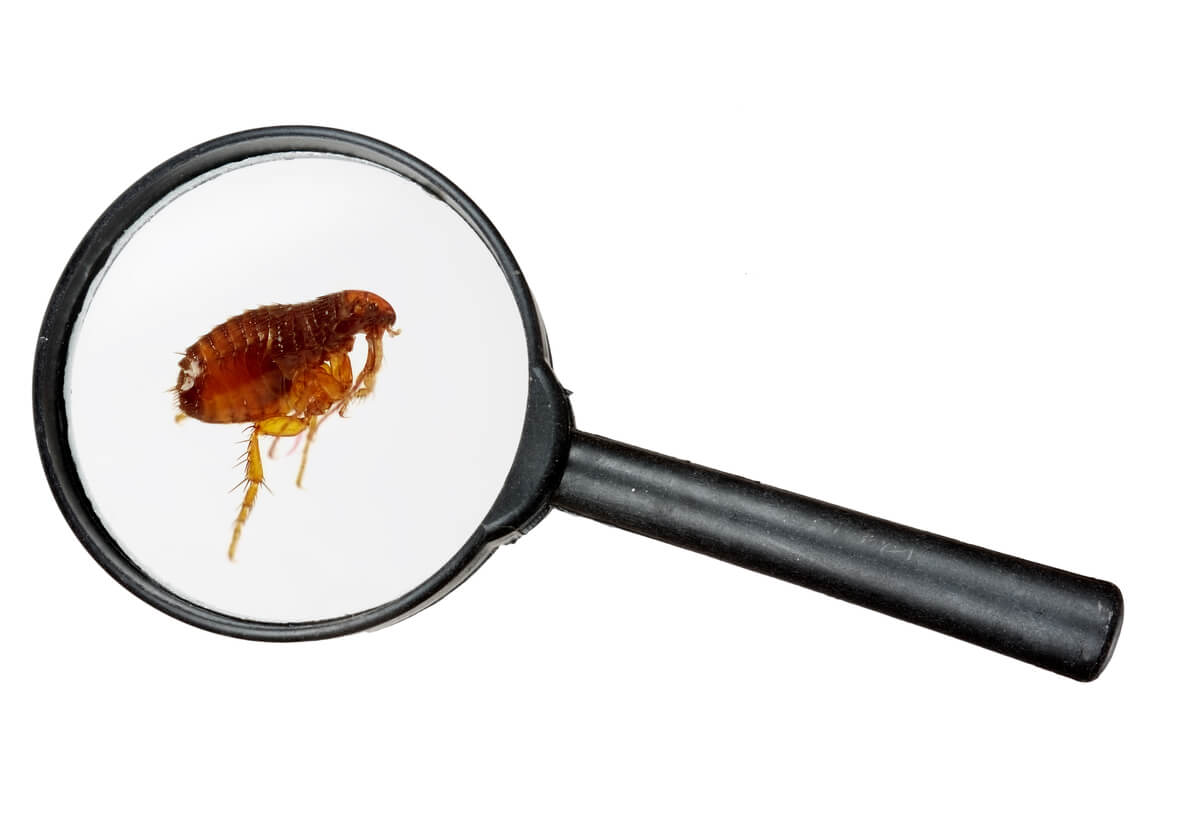
8. Lepidoptera
These are one of the most striking types of insects, as this group includes butterflies and moths. Their wings are their most prominent feature, and are made up of thousands of scales.
This group has around 200,000 terrestrial-aerial species. When they’re caterpillars, practically all they do is to eat leaves to accumulate nutrients and thus be ready for transformation.
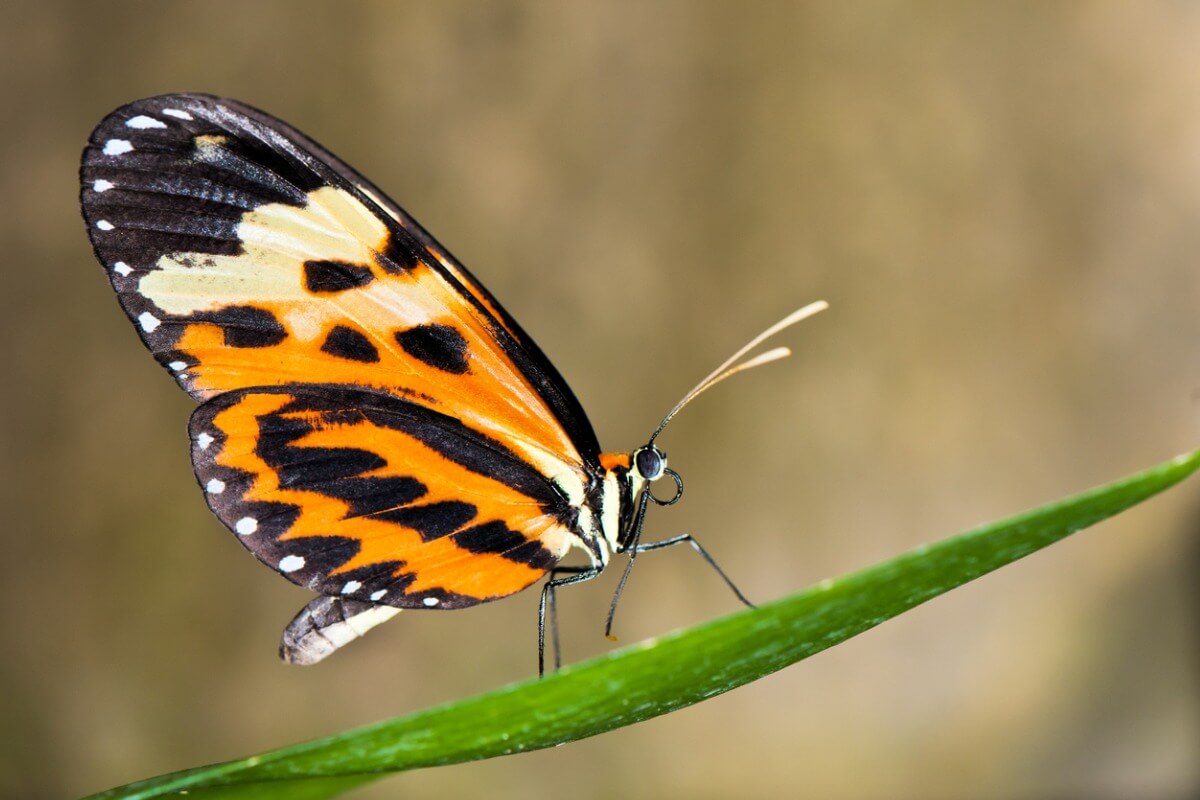
9. Hymenoptera
Wasps, bees and ants are part of this group. Wasps comprise about 5,000 species, ants 14,000 and bees 20,000. This group includes the most complex societies of living beings on the planet, since the colonies of many species act as a unitary entity (superorganisms).
In the case of bees, in addition to the honey we consume, they help many flowering plants to reproduce and produce fruits that we can eat. If bees were to disappear, many species of plants would go extinct, and, within a few years, so would herbivorous animals, and eventually even humans.
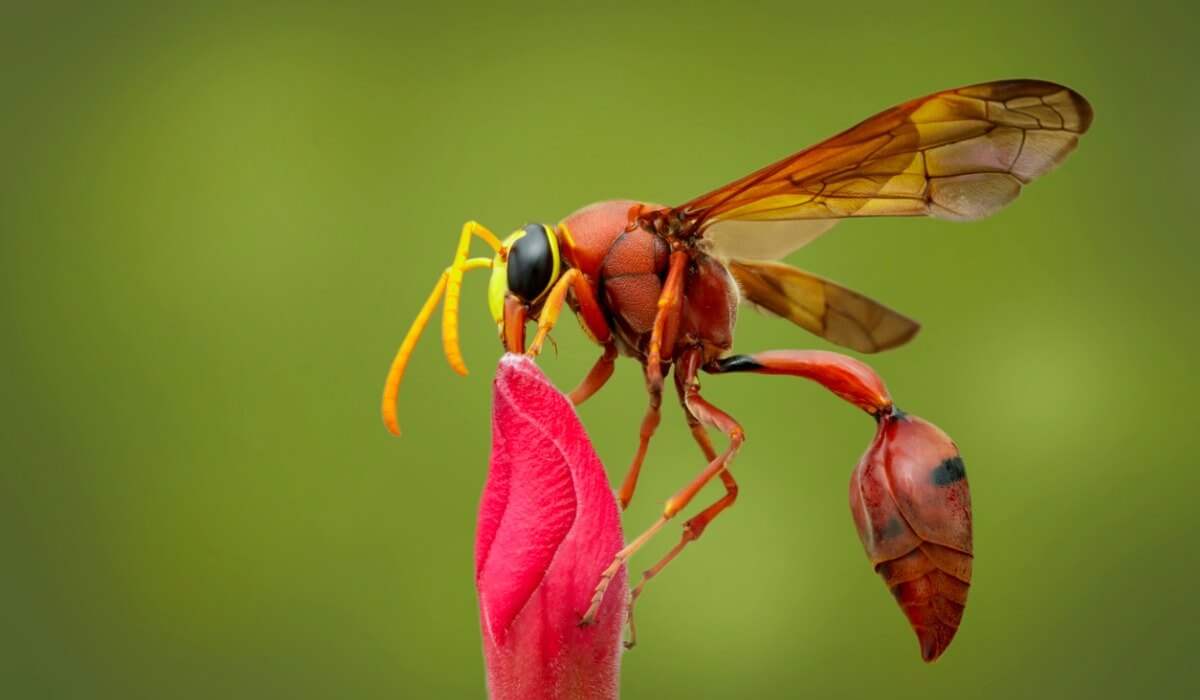
10. Mantodea order
Mantises number approximately 5000 species. The name “praying mantis” is due to the position of its front legs, which appear to be in a prayer pose. In fact, this form of positioning is essential to capture and feed on their prey.
When it comes to mating, the female is always hungry and in a bad temper. Some experts say that in the reproductive period there’s a shortage of food and the female needs nutrients for her young. On many occasions, the male is devoured by her at the time of fertilization and even without this process occurring.
They are carnivorous, so they eat other insects. If the mantises are larger, they can eat rodents and lizards.
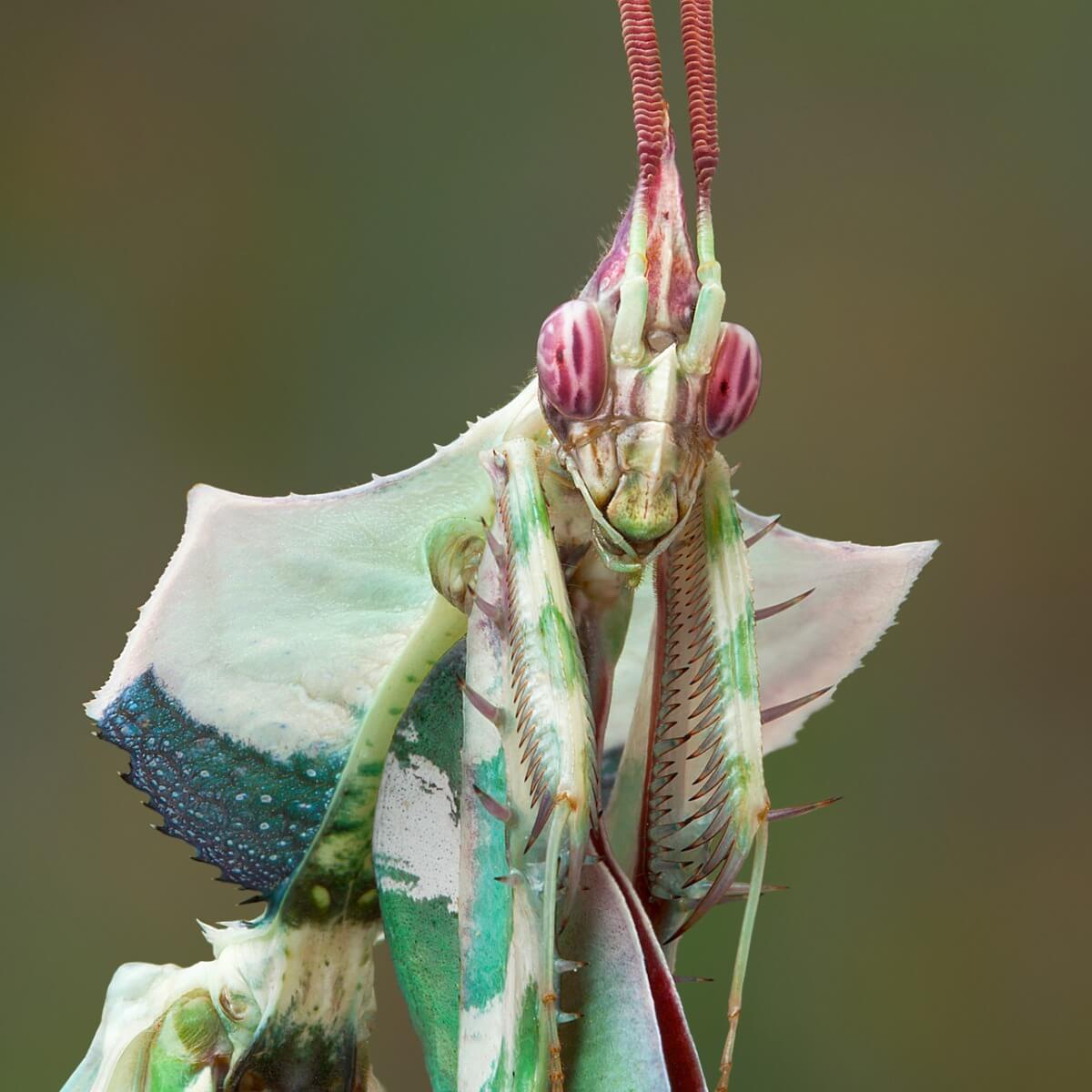
It can be concluded that all these types of insects have incredible and amazing characteristics. In addition, they’re essential for conserving our planet. Therefore, taking care of them and knowing their importance is essential when living in harmony with them and with our land.
Hexapod invertebrates are the most diverse group of animals on planet Earth, as there are currently more than 1 million known insect species. The total number is, of course, far from being fully known. Experts estimate that this figure could even reach 7 million types of insects.
The diversity in the world of insects is immeasurable, because their shapes, sizes, and colors are very varied in each group of this class (Insecta). Learn about 10 types of insects and their most striking physiological characteristics in this article.
A little context on the different types of insects
Insects were the first organisms to grow wings and take to the air, and they were also pioneers in developing a social life. In addition, they’re a fundamental part of this planet, and help maintain the balance of trophic ecosystems.
Thanks to them, organic matter is decomposed, pests are controlled, and they can even provide us with honey and silk. Insects are one of the living beings that are most interrelated with humans.
So says Daniel Aguilera Olivares – doctor in Ecology and Evolutionary Biology. He goes on to explain that the general term insect encompasses 29 orders – or types – and more than 1000 different families. The main orders are Hymenoptera, Lepidoptera, Coleoptera and Diptera, due to the number of species they comprise and their ecosystem importance.
10 types of insects
Without further ado, we’re going to explain the 10 types of insects that populate this planet and many of their characteristics. Keep reading!
1. Odonata
In this type of insects there are approximately 5000 species. Their size is around 100 millimeters (4 inches), they live near rivers and lakes, and have wings. Two examples are dragonflies and damselflies: both have a pair of very large eyes compared to their head and 3 ocelli, their body is elongated and they have 2 pairs of wings.
Dragonflies can fly up to 50 kilometers (30 miles) per hour and stop abruptly while holding on. Experts say that helicopters are inspired by them.

2. Orthoptera
Within this type of insects we find crickets, grasshoppers, locusts and other invertebrates with the ability to jump. In addition, this order has 5000 species, which also live near rivers and lakes.
Their hind legs are the longest of all, which allows these invertebrates to take great leaps to flee when they’re being chased or to propel themselves into flight. Its main mode of movement is to walk and not jump, despite what people commonly believe.
In addition to being used for locomotion, its wonderful front legs have organs for hearing. Some male crickets have an organ in their abdomen that, when brushed by their front wings, produces the famous cricket sound, allowing them to attract females or drive away other males.

3. Blattodea
In this order we find cockroaches and termites, types of insects that have up to 6500 species of terrestrial habitat. They are characterized by having an oval and flattened body with long antennae and almost non-existent eyes.
Cockroaches live in damp, dark places where there is organic matter, the perfect place to grow bacteria and fungi all over their bodies. Because of this, they’re one of the types of insects in which more species of commensal microorganisms have been found.
Termites, meanwhile, were the first on Earth to form colonies organized into castes – queen, king, soldiers, workers – and their underground nests can be up to 100 meters (330 feet) in diameter.
In addition, these invertebrates help to recycle nutrients by breaking down organic matter. Without them, our planet would be more full of tons of garbage. They also improve the quality of crops and some are nitrogen fixers, a very scarce nutrient in nature.

4. Hemiptera
Types of insects such as aphids, cicadas, membracids and vinchucas are part of this order. They’re one of the most varied and numerous groups, since there are 80,000 species of terrestrial life in total. They have a sucking mouthpart and their legs work for walking, jumping, grasping, and swimming.
One of the most amazing facts about cicadas is that some species can stay underground for 17 years. Once they reach sexual maturity, they emerge to live for only a few days, which is when they reproduce.

5. Coleoptera or beetles
These insects – aquatic and terrestrial – are some of the most numerous on Earth. Its 350,000 species represent 25% of all the plants and animals on the planet, that is, for every 4 species of animals or plants, one is a beetle.
Coleoptera means “wings in a case”, as its main wing structures are hardened and protect the rest of the body.

6. Diptera
Diptera comprises more than 150,000 species around the world and some even live in Antarctica. In this type of insects, we find flies, mosquitoes, and horseflies. They’re small, soft-bodied and have big eyes. Their mouths are adapted to pierce and sting, in the case of horseflies and mosquitoes; or to suck, spit and eat, as in the case of flies.
They’re vectors of transmission of many diseases such as dengue, yellow fever, and malaria. However, some species are indicators of water quality, since they only live in clean environments.

7. Phthiraptera order
Lice and crabs are found in this order, with around 5000 other species included. These invertebrates measure between 2 and 4 millimeters and their mouth is adapted to suck, bite and eat fluids and blood.
They’re parasites that live outside the body (ectoparasites). 85% parasitize birds and the remainder are on mammals. These insects remain in the same body for a month until they die. They can also pass to another host through physical contact.

8. Lepidoptera
These are one of the most striking types of insects, as this group includes butterflies and moths. Their wings are their most prominent feature, and are made up of thousands of scales.
This group has around 200,000 terrestrial-aerial species. When they’re caterpillars, practically all they do is to eat leaves to accumulate nutrients and thus be ready for transformation.

9. Hymenoptera
Wasps, bees and ants are part of this group. Wasps comprise about 5,000 species, ants 14,000 and bees 20,000. This group includes the most complex societies of living beings on the planet, since the colonies of many species act as a unitary entity (superorganisms).
In the case of bees, in addition to the honey we consume, they help many flowering plants to reproduce and produce fruits that we can eat. If bees were to disappear, many species of plants would go extinct, and, within a few years, so would herbivorous animals, and eventually even humans.

10. Mantodea order
Mantises number approximately 5000 species. The name “praying mantis” is due to the position of its front legs, which appear to be in a prayer pose. In fact, this form of positioning is essential to capture and feed on their prey.
When it comes to mating, the female is always hungry and in a bad temper. Some experts say that in the reproductive period there’s a shortage of food and the female needs nutrients for her young. On many occasions, the male is devoured by her at the time of fertilization and even without this process occurring.
They are carnivorous, so they eat other insects. If the mantises are larger, they can eat rodents and lizards.

It can be concluded that all these types of insects have incredible and amazing characteristics. In addition, they’re essential for conserving our planet. Therefore, taking care of them and knowing their importance is essential when living in harmony with them and with our land.
All cited sources were thoroughly reviewed by our team to ensure their quality, reliability, currency, and validity. The bibliography of this article was considered reliable and of academic or scientific accuracy.
- Aguilera, D. “Insectopedia”, -:Amanuta, 2018. Consultado en línea en la Biblioteca Digital de Bogotá (https://www.bibliotecadigitaldebogota.gov.co/resources/2925856/), el día 2021-05-07.
- Museo Nacional de Historia Natural. (2016, 14 octubre). ¿Por qué son tan diversos los insectos? Servicio Nacional de Patrimonio Cultural. https://www.mnhn.gob.cl/613/w3-article-71311.html?_noredirect=1
- Grimaldi, D. A., & Engel, M. S. (2005). Evolution of the insects. Cambridge [U.K.: Cambridge University Press.
- “Saber y Conocer Más – 03/09/20”, -:Media Contenidos, 2020. Consultado en línea en la Biblioteca Digital de Bogotá (https://www.bibliotecadigitaldebogota.gov.co/resources/3267470/), el día 2021-05-07.
This text is provided for informational purposes only and does not replace consultation with a professional. If in doubt, consult your specialist.








